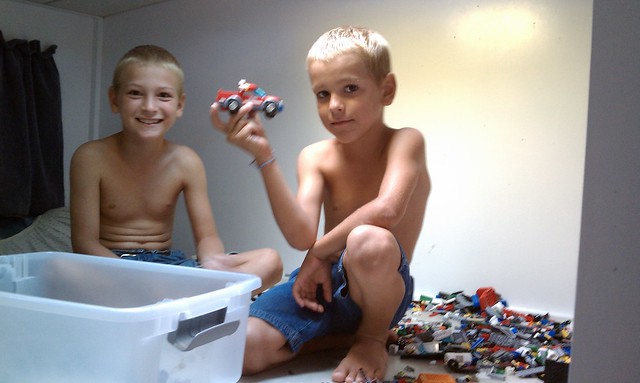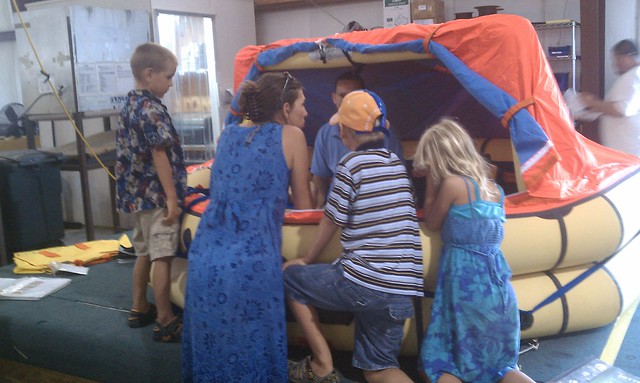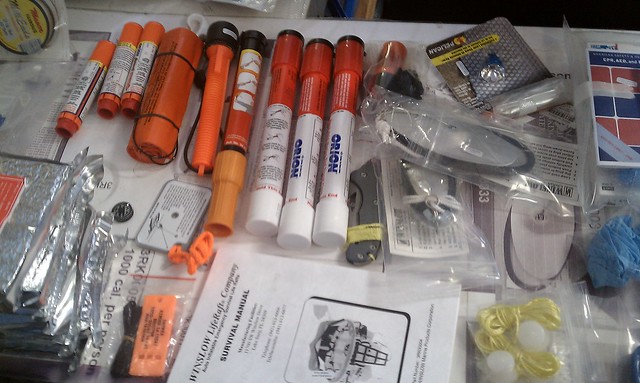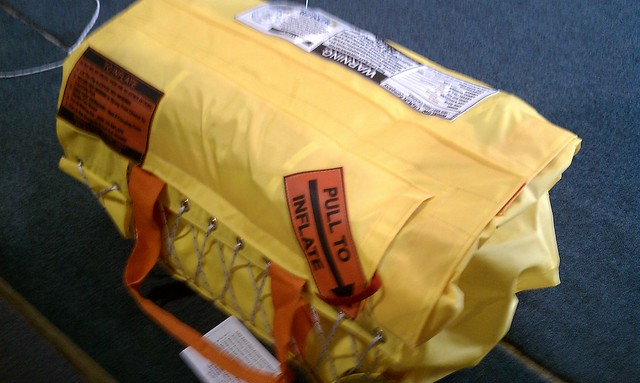I added a new instrument display to the boat recently — a repeater for the existing wind instruments. The master display is outside at the helm station, and I wanted to be able to see this information inside. There is also a ST 60 CH Wind (close hauled) repeater at the helm that displays the forward wind directions on a larger scale.
It should have been as simple as plugging the new display into the instrument network, and it was, except the analog direction needle was off by about 150 degrees. Through the course of getting this solved, I learned a few things about these instruments.
The first thing I did was get out the book. The book talked about “linearising” the instrument to the transducer (wind vane), and then calibrating it to the wind direction, but does not go into a lot of detail about what either of these things mean. And it says nothing about repeaters.
I did play with the calibration and noticed that when I changed it, it was changed on all the instruments, not just the one I was calibrating. So I could make one right, but then the other two would be wrong. I reset them all to factory defaults, which essentially removes any calibration factor, but that didn’t help.
Since linearizing requires taking the boat out and turning it in circles, and since I couldn’t understand how this would help, I called Raymarine Technical Support. They confirmed that I really did need to go do the circles without elaborating on what that would actually do. But since I was at their mercy, I went ahead and did it.
It was both easy and hard, and utterly useless. The book says you’re supposed to turn two circles. In the middle of my first one, the instrument started beeping which is an indication of successful linearization. How has that not happened before by accident? Okay, great. We’re done, right? Wrong. Now my master display was wrong, but not the same wrong as the new repeater. The close hauled repeater, which is not actually connected to the vane, was still right. Bizarre. Further attempts to linearize failed. I turned the instruments off and back on, did lots of circles, thought about it awhile, did more circles. Nothing.
So I took the boat back in and called Raymarine again. This time I talked to someone else, who apparently knew more about their products. Linearizing is nice, but useless in this case. What this does, I’ve figured out, is synchronize the needle to the vane. The vane must send a signal when it is straight ahead and linearization must be the process of synchronizing the display to that signal. Because there is no guarantee that the vane is actually straight relative to the boat, the calibration process allows the user to configure the master instrument to compensate for any physical difference.
None of this was the problem, however. The tech support guy knew it wasn’t the problem, but he didn’t seem to know what the problem was. He punted and sent me an internal technical document about how to put the instruments in self-test mode. He was thinking I’d use the document to determine if the units were defective, but the document contained the solution.
One of the self-test modes for the ST 60 Wind instrument allows a technician to adjust the display needle for each of the major graduations. Basically the display says “I’m pointing at X degrees,” and the technician can adjust the needle direction until it actually points there.
I did this for both the master display and the new repeater and now we’re all set. It seems the vane was sending the correct direction, and the master was interpreting it correctly and putting the correct signals on the network (since the close hauled display was correct). The new repeater was somehow “off” internally, and through the course of testing my master display got confused too. Even though the displays had correct inputs, they had lost track of their needles and could not show it correctly.
I did some Googling while trying to figure out this problem and did not find much information about “linearising” the wind transducer beyond what is mentioned in the book. I also don’t see that the ST 60 Analog Instruments Service Manual is available anywhere publicly. Maybe this will make it easier for others.





